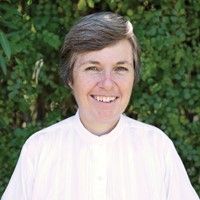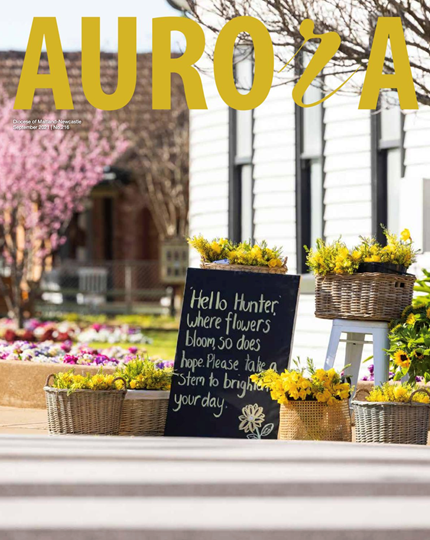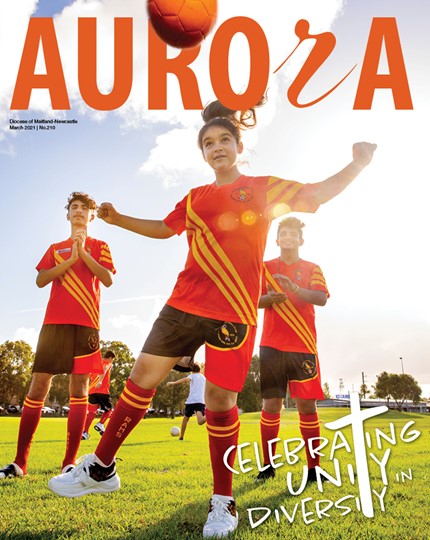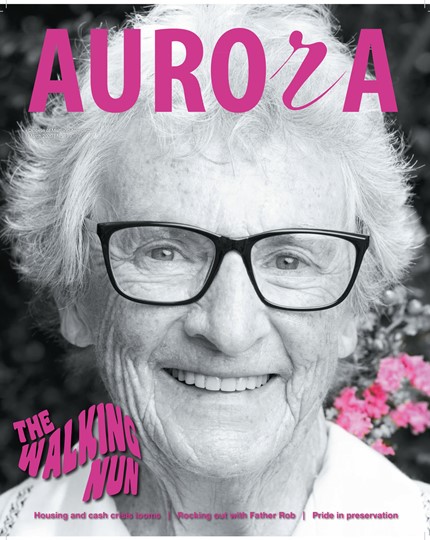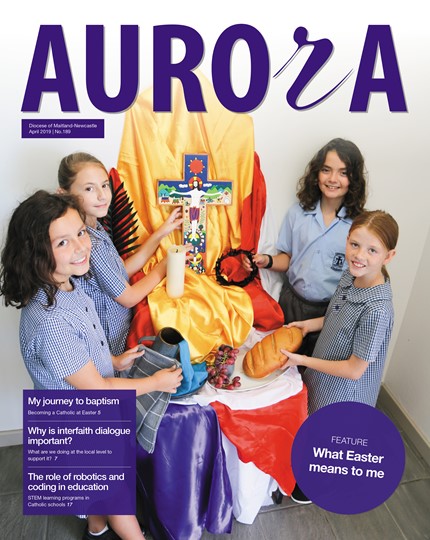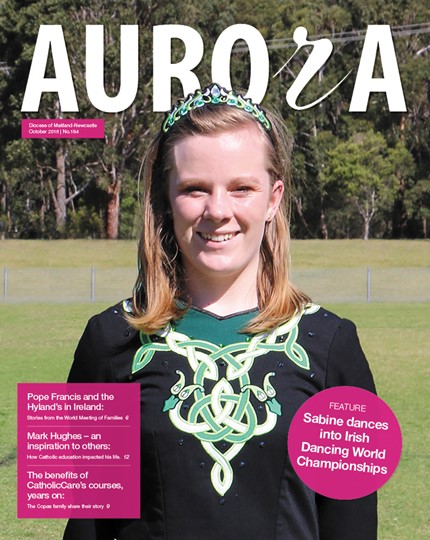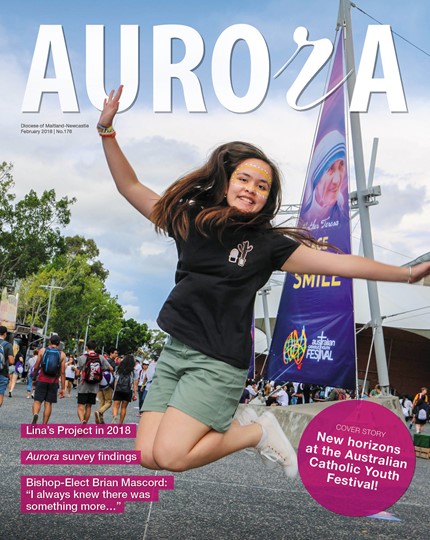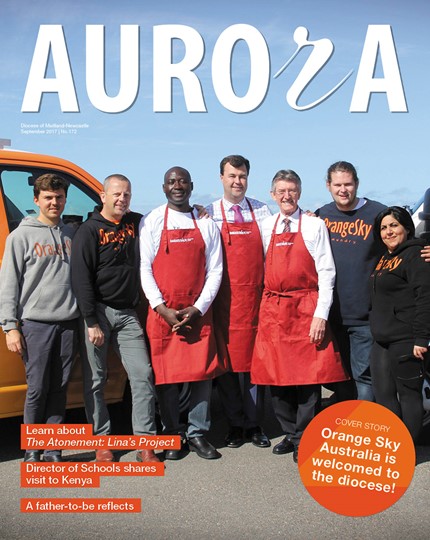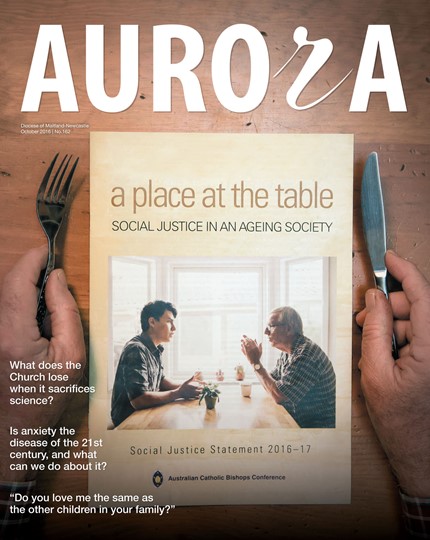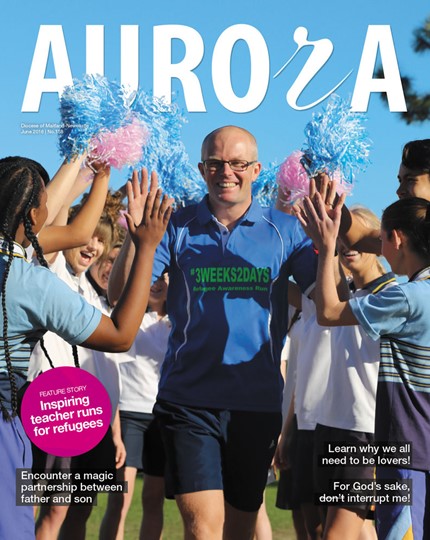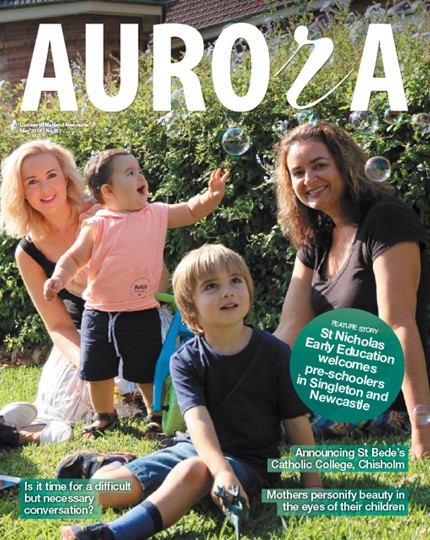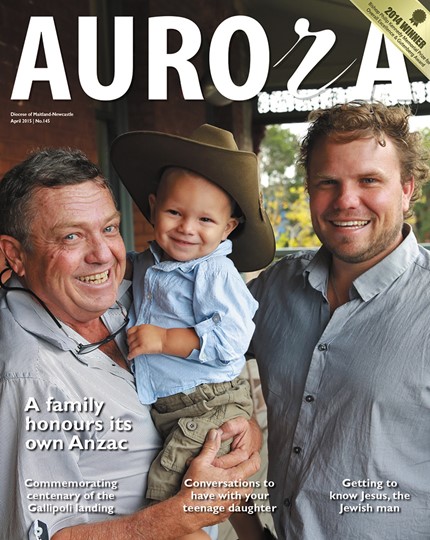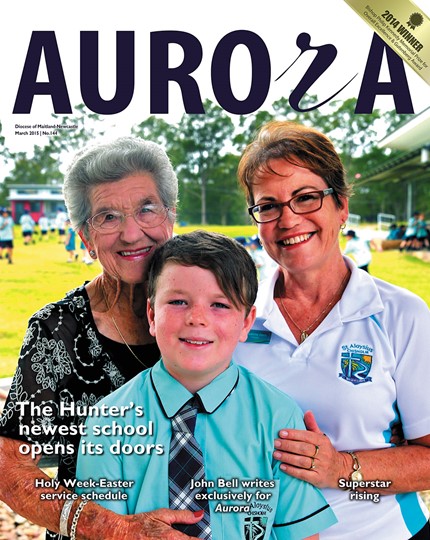- The Anglican Church, or Church of England, is the ancient church of the English people. (Today it is far wider than this description, the Church in Africa being the fastest growing part of the communion).
- The Anglican Church is neither Catholic nor Reformed, embracing the best of both.
- The Anglican Church is a church not bound by specific doctrines or confessional statements. It owns the creeds and faith of the whole Christian Church. It is the prayers and prayer books of the Anglican Church which unify and define the heart of Anglicanism.
This will be a very brief overview of Anglican history, the beginnings of Anglicanism in Australia and locally, and Anglican beliefs and practices.
A history of Anglicanism begins with the arrival of Christianity in Britain. The hymn “Jerusalem” suggests that Jesus himself visited those shores:
And did those feet in ancient times
walk upon England’s mountains green?
And was the Holy Lamb of God
On England’s pleasant pastures seen?
Despite those charming words, we do not believe this is how it happened.
Christianity probably came to England with Roman soldiers who had converted to the faith and brought their Christianity with them, at least as early as the 3rd century.
In 597 Pope Gregory sent Augustine to Britain as a missionary. In his correspondence he instructed Augustine to “select from each of the churches (Rome and France) whatever things are “devout, religious and right,” and “let the minds of the English people grow accustomed to them”[1]. This is significant in light of the direction Anglicanism would later take.
By the 16th century a question that had been recurring in the Church of England came to a head – who would have authority in the Church of England – the Pope in Rome or the King in England? The question became critical for Henry VIII as he sought to have his marriage annulled, though this was but part of a more complex issue of authority.
Henry subsequently declared himself ‘Supreme Head of the Church of England’ (1534), in place of the Pope. Although he was excommunicated he remained a believer in Catholicism and opposed Protestant reform.
On his death, first Edward VI and then Mary rose to the throne. During their reigns the Church of England swung first to Protestantism and then back to Catholicism. It was Elizabeth I who defined the via media (1558) and declared Anglicanism an independent church ‘of the middle’.
Publication of the Book of Common Prayer (BCP) in 1662 was another defining moment for Anglicanism, for BCP clearly defined Anglicanism and became the standard for Anglican worship.
Anglicanism has been a part of the Australian landscape from the time of the First Fleet, with Richard Johnson appointed chaplain to the new colony. However, Anglicanism has never been the state church in Australia.
In 1847 the Diocese (and City) of Newcastle was declared, and Bishop William Tyrrell became our first Bishop. The diocese at the time was much larger than it is today.
1981 saw the Australian church become known as the Anglican Church of Australia, no longer as the Church of England. However the term ‘Anglican’ had been in common use from the late 1950s onwards.
One of the defining features of Anglicanism is that we are a church whose members are bound not by confessional statements or doctrine, but by our prayers. Within the Anglican prayer books are the fundamentals of Anglican doctrine: the three Creeds, the scriptures, the sacraments, daily prayer and so on. A beauty of Anglicanism is that it is our prayers that draw us together and express who we are. Prayer book reform has brought updated language and liturgy, yet the imprint and authority of BCP remain.
The Anglican Church is a diverse church, embracing the gamut from Catholic to Protestant, and everything in between. The ties of fellowship and mutual respect are important for us. Each province sets its own laws whilst the worldwide Communion is bound together in mutual fellowship.
This is embraced in several ways, including:
- The Archbishop of Canterbury: Augustine was the first Archbishop of Canterbury; the current Archbishop, Justin Welby, is the 105th. He is the spiritual head of the worldwide Anglican Communion.
- The Lambeth Conference gathers the Bishops of the Communion together every ten years for fellowship and conversation on matters of mutual concern.
Anglican belief can be described as a three-legged stool, the legs being Scripture, Tradition and Reason, held in perfect balance. We understand these as follows:
Scripture: The Bible contains “all things necessary to salvation," and is the rule and standard of faith. We may differ on how we understand it, but not on its centrality.
Tradition: The experiences of the early and growing churches contain truths which shape us today. We give assent to the 3 great Creeds of the Church as statements defining the Christian faith. We also honour the writings of the early church fathers, and value the historic (apostolic) line of bishops.
Reason: Reason is “tradition brought up to date”. It is our continuing attempt to define, interpret and formulate our belief. Reason leads us to ask how God is speaking to the church today.
The Anglican Church is a sacramental Church. We believe in the two great sacraments of Baptism and Eucharist, and in the sacraments of Confirmation, Marriage, Ordination, Reconciliation and Anointing.
The Anglican Church is a Synodical Church, with decision-making shared by bishops, clergy and laity. In most dioceses Synod meets annually to debate both church issues of the day and our response to the wider community. Synods are where we gather the common mind of the church.
Anglicans are committed to embracing our communities with the love of God. The Five Marks of Mission express how we practise this:
- Proclaim the good news of the Kingdom of God.
- Teach, baptise and nurture new believers.
- Respond to human need by loving service.
- Seek to transform unjust structures in society.
- Strive to safeguard the integrity of creation, and sustain and renew the life of the earth.
At its best this is where the Anglican Church today can be found – men and women, boys and girls, seeking to love and serve, God, all God’s people, and God’s world.
The Venerable Canon Sonia Roulston is Archdeacon for the Anglican Diocese of Newcastle.
[1] Bede, The Ecclesiastical History of the English People (731 AD) Penguin 1965.

